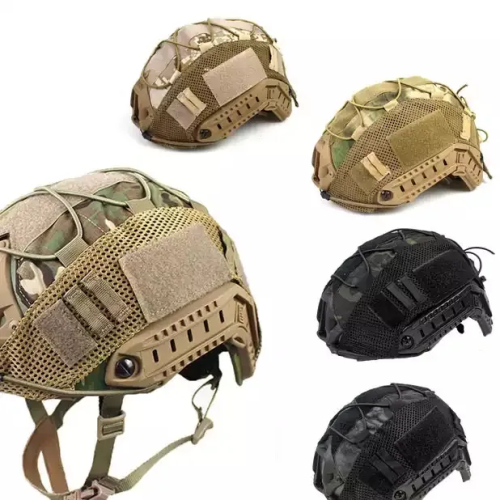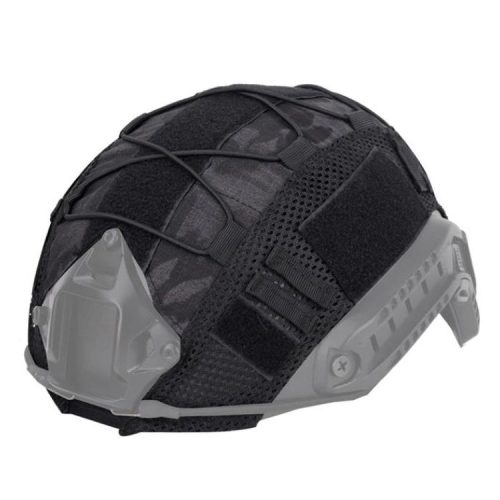Helmets play a critical role in reducing the risk of brain injuries in various activities, such as cycling, motorcycling, skateboarding, and more. Here are some important facts about helmets and their effectiveness in preventing brain injuries:
- Helmets Save Lives: Wearing a helmet significantly reduces the risk of severe head injuries and can save lives. In accidents or falls, helmets act as a protective barrier between the head and hard surfaces.
- Head Trauma and Brain Injuries: Head trauma is a common cause of traumatic brain injuries (TBIs). TBIs can range from mild concussions to severe, life-altering injuries. Helmets are particularly effective at preventing moderate to severe TBIs.
- Cycling and Brain Injuries: In cycling accidents, head injuries are the leading cause of death and long-term disability. Wearing a helmet can reduce the risk of head injury by up to 85% and brain injury by 88%.
- Motorcycling and Brain Injuries: Motorcycle accidents often result in head injuries, making helmets essential for rider safety. In the United States, states with universal helmet laws have lower rates of fatal and non-fatal head injuries among motorcyclists.
- Skateboarding and Brain Injuries: Skateboarders are prone to falls and collisions, making helmets crucial for reducing the risk of brain injuries. A study in the United States found that wearing a helmet reduced the risk of head injury by 85%.
- Snow Sports and Brain Injuries: Helmets are increasingly popular in snow sports, such as skiing and snowboarding, as they protect against head injuries from falls or collisions. Helmets can reduce the risk of head injuries by up to 60%.
- Concussions: Helmets can also help prevent concussions, although they may not completely eliminate the risk. A well-fitted helmet absorbs and dissipates the force of impact, reducing the likelihood of a concussion.
- Helmets and Laws: Many countries and states have laws requiring the use of helmets in specific activities, such as cycling or motorcycling. These laws are aimed at increasing safety and reducing the risk of brain injuries.
- Helmet Design and Safety Standards: Helmets are designed and tested to meet specific safety standards, such as the Consumer Product Safety Commission (CPSC) standard for bicycle helmets or the Department of Transportation (DOT) standard for motorcycle helmets. Compliance with these standards ensures a certain level of protection.
- Helmet Fit Matters: The effectiveness of a helmet in preventing brain injuries depends on its proper fit. A poorly fitted helmet may not provide adequate protection. Helmets should be snug but comfortable and should cover the forehead.
- Helmets for Kids: Children, in particular, benefit from helmet use, as their developing brains are more vulnerable to injury. It is crucial for parents to ensure that their children wear helmets during activities that require head protection.
- Helmet Maintenance: Regularly inspect your helmet for signs of wear and damage. Replace it if it has been involved in an accident or shows any structural issues.
In conclusion, helmets are a crucial tool for reducing the risk of brain injuries in various activities. It’s important to choose the right helmet for the specific activity, ensure it fits correctly, and consistently wear it as a safety precaution. Helmets not only save lives but also significantly reduce the severity of head injuries in accidents and falls.


